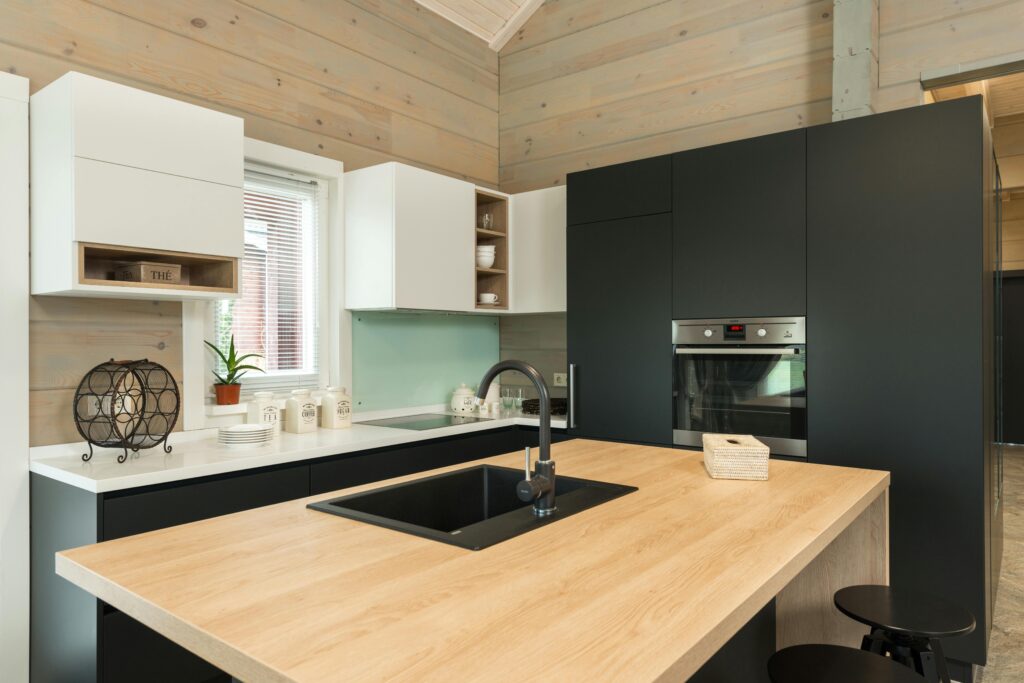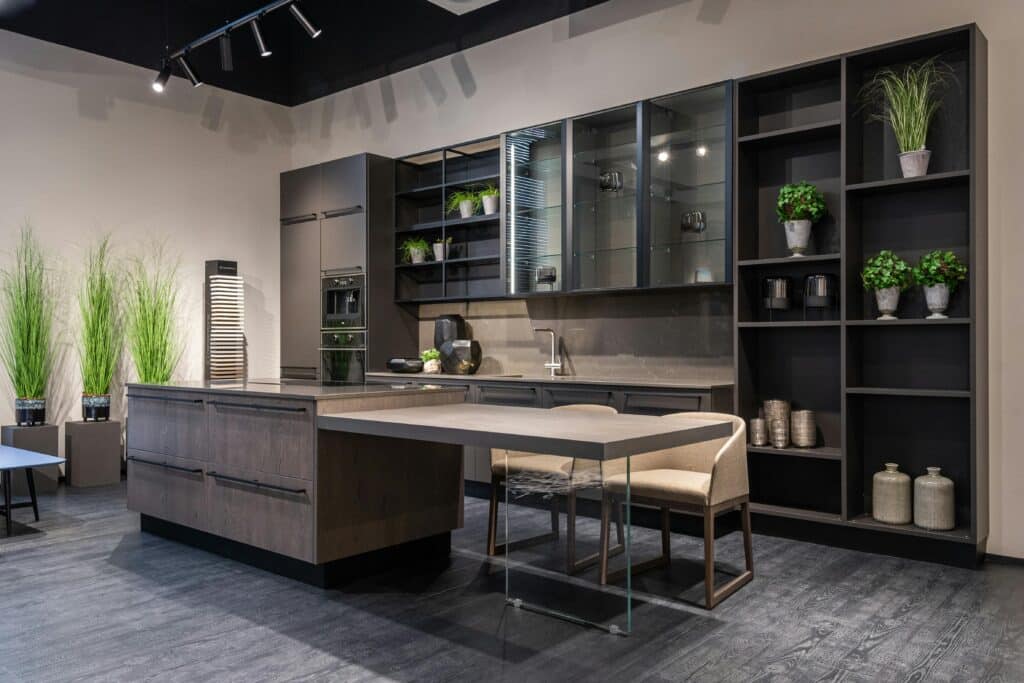While aesthetics is a critical measure of home improvement projects, homeowners are no longer satisfied with cosmetic fixes; the focus is now on transforming the kitchen from a simple utilitarian update into a strategic lifestyle that encompasses a holistic lifestyle beyond the traditional cooking space. Also, a remodelled kitchen is vital for competitive real estate positioning, as agents consistently report that the state of the kitchen can significantly influence a sale.
Understanding Homeowner Motivation: The Real Triggers of Transformation
Behind every kitchen improvement project lies a quiet frustration; cramped counters, poor lighting, or the constant shuffle for space that disrupts simple routines. But what drives the modern homeowner isn’t vanity; it’s the pursuit of comfort and convenience through a critical balance of modernization, functionality, aesthetics, and investment factor.
A professionally guided kitchen remodel begins by listening to dreams, habits, frustrations, and aspirations. This is where design becomes diagnosis:
- Inefficiency mapping: identifying friction points in workflow and movement.
- Lifestyle modeling: understanding how the kitchen serves as a family hub or private retreat.
- Financial calibration: aligning upgrades with ROI expectations and neighborhood value thresholds.
When specialists approach a project this way, remodeling evolves into a strategy — one that aligns emotion with economics and craftsmanship with clarity. Even something as specific as kitchen furniture selection — from modular cabinetry to custom-built shelving — becomes part of a larger dialogue about lifestyle. Every detail must earn its place.
Functional Redesign: Turning Friction into Flow

A strategic kitchen remodel doesn’t begin with paint colors — it begins with purpose zoning. The idea is to remove daily resistance and re-engineer motion through thoughtful design.
Professionals now map “A to B transformations” — turning cluttered, static spaces into dynamic systems:
- From chaos to choreography: Optimized storage systems (pull-out pantries, vertical racks) reclaim wasted inches.
- From fatigue to fluidity: Ergonomic zoning reduces reach, strain, and repetition.
- From isolation to inclusion: Open-concept layouts transform meal prep into shared experiences.
- Liberating the pantry: No longer hidden or utilitarian, it becomes a glass-fronted, custom-lit showcase — a curated wall of ingredients that honors sustainability and beauty over bulk and waste.
Specialists integrate smart workflow mapping tools and 3D simulations to visualize not just the look, but the feel of movement in the space. The outcome isn’t just functional — it’s liberating.
Aesthetic and Structural Harmony: Building for Longevity and Light
True kitchen transformation lies in the seamless blend of structure, light, and material intelligence. Experienced remodelers don’t just design what looks good; they engineer what endures.
Aesthetic upgrades should always be structural allies:
- Material strategy: Pairing timeless surfaces (like quartz or matte wood tones) with adaptable design ensures both beauty and durability.
- Structural continuity: Load-bearing adjustments, beam integrations, and unified flooring merge spaces without losing character.
- Lighting orchestration: Layered illumination transforms perception — combining task precision with ambient warmth.
- The island as centerpiece: A multi-tiered, seating-free island transforms from casual counter into a communal workstation — a shared zone for prep, creativity, homework, and bold conversation.
What emerges is not just a “modern” kitchen, but a living ecosystem engineered for decades of use, stability, and sensory satisfaction — a place that feels perpetually renewed.
Strategic Return: Beyond ROI to Lifestyle Equity

Investors often chase numbers — but seasoned remodelers understand that ROI extends beyond resale. The most valuable kitchens generate lifestyle equity: less stress, greater efficiency, and emotional harmony. ROI is a metric — but value is a feeling. Radical remodeling expands the definition of return: less stress, smoother mornings, fewer wasted seconds. That’s lifestyle equity — the dividend of design that actually works.
That said, financial alignment matters.
- Midrange remodels still yield the most substantial resale returns (70–90%) when aesthetics meet intention.
- Luxury remodels deliver sensory ROI — the feel of quality that transcends price tags.
- Sustainable remodeling ensures that beauty doesn’t come at the planet’s expense.
Professionals who understand this don’t build kitchens — they build catalysts for better living. Spaces that increase home value and human value, one function at a time.
Ultimately, a kitchen remodel, when guided by expertise, is not an expense — it’s a recalibration of how space amplifies living. The best transformations emerge from teams that listen deeply, plan strategically, and execute precisely. In the end, great remodeling isn’t about design — it’s about designing with intent, intelligence, and integrity.

